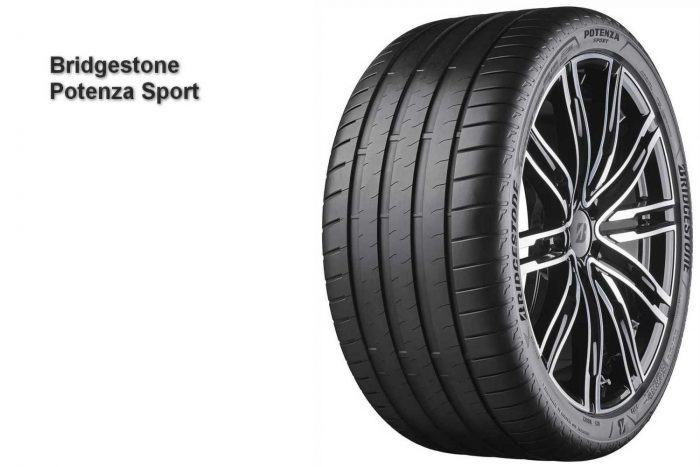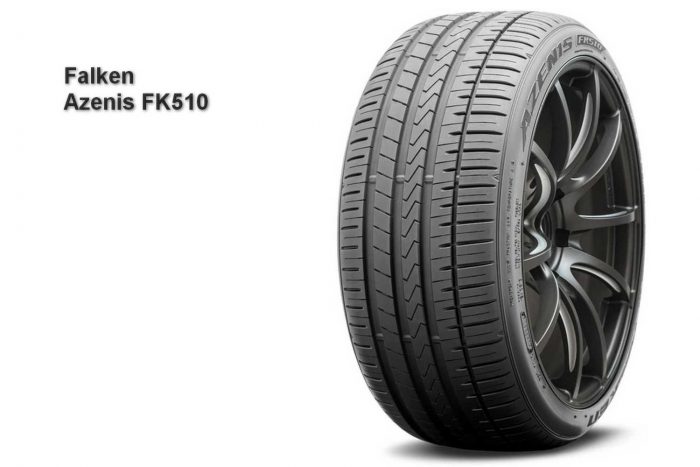Today we would like to talk about tires for sports cars. As lately, a lot of world famous manufacturers have concentrated their innovations and attention on this segment of the auto market. It’s amazing what tremendous progress manufacturers have made in recent years to improve the performance of sports tires. The most striking example is wet braking: today’s sports tire models brake on wet surfaces with the same efficiency as their predecessors did on dry surfaces a decade ago. This enormous increase in safety reserves was achieved by using new materials and manufacturing techniques.
But the potential of high-speed tires is far from exhausted. Possible improvements in driving safety are hampered by legal requirements for road noise levels and sometimes by the excessive rolling resistance requirements of car manufacturers. Reducing fleet costs is the top priority in the development of new factory fitment tires, which in the end can only be realized at the expense of safety.
But today we’re talking about sports tires designed to be sold on the aftermarket. Exactly such summer tires in the 265/35R20 size were chosen by the experts of the Auto Bild sportscars magazine for comparison tests in 2021. Journalists of the pop-ular German car magazine drove a test Ford Mustang GT on the Wachauring grounds of the Austrian automobile, motorcycle, and tourist club OAMTC in Melk (Lower Austria)
List of tested models:
- Berlin Summer UHP 1;
- Bridgestone Potenza Sport;
- Continental SportContact 6;
- Falken Azenis FK510;
- Goodyear Eagle F1 SuperSport;
- Hankook Ventus S1 evo3;
- Landsail LS588 UHP;
- Michelin Pilot Sport 4S;
- Vredestein Ultrac Vorti R.
True sports tires set clear priorities: good traction and short braking distance provide necessary driving safety, and accuracy of reaction to steering turns provides driving pleasure. According to the results of the last test, the necessary balance was found three times – Bridgestone, Continental, and Michelin received the well-deserved recommendation “exemplary” from the experts of Auto Bild sportscars.
Test Results
Test on Wet Surface
AQUAPLANING. In a hard rain, wide tires float faster than narrow ones – a water wedge is formed under the tread, and aquaplaning occurs. The greatest reserves of safety in standing water have Goodyear and Falken, of course, good that there are systems of dynamic stabilization ESP and directional stability ASC.
BRAKING. Wet braking tests ended with a deafening failure for Berlin Tires. When braking at 100km/h, a test pony on tires of this private brand, owned by the German company Keskin Europa GmbH, would not stop until four more car lengths past the point where Bridgestone tires, the best in this discipline, had frozen.
CONTROLLABILITY. It’s incredible how confident the test Ford Mustang feels on wet asphalt on the new Potenza Sport. The precise steering and first-class balance of the Bridgestone tires set a whole new standard in this segment. Models Vredestein Ultrac Vorti R and Goodyear Eagle F1 SuperSport, popular with owners of sports cars, show themselves perfectly on a wet track. Outsiders from Landsail and Berlin Tires slip on a track practically without cross-grip.
LATERAL STABILITY. The Bridgestone Potenza Sport is the absolute benchmark for measuring lateral stability. The Japanese tire is the clear leader in this discipline with the fastest lap times. It is followed again by the wet specialists from Vredestein and Goodyear. The tires from the Far East are simply helpless in the wet, they barely touch the ground and have no choice between understeer and oversteer.
Test on Dry Surface
STEERABILITY. When driving on dry asphalt, Michelin demonstrates what it’s made for. Steering commands are executed precisely, and the interaction between the front and rear axles works perfectly. In a subjective assessment, only Bridgestone can catch up to it, which is slightly inferior to the Frenchman in lateral traction. On the contrary, driving on Landsail and Berlin Tires is not a pleasure.
TRACTION. Wide tires provide more contact areas, so more rubber is in contact with the road. The braking distance of about 35 meters is quite impressive. Premium manufacturers exceed their braking records, and on budget tires Landsail and Berlin Tires, the test Mustang only stops after driving another body length.
NOISINESS. Admittedly, the measurement of road noise plays a rather minor role in sports tire tests. Nevertheless, Auto Bild sportscars did not want to dispense with this discipline, as the noise index is necessarily indicated on the EU label.
ROLLING RESISTANCE. This characteristic directly affects fuel consumption. A five percent reduction in rolling resistance reduces fuel consumption by around one percent. However, tires optimized for rolling resistance have technical problems with wet grip, forcing manufacturers to tediously compromise between economy and safety.
Conclusion
Sports tires rated “Exemplary” impress with their excellent handling characteristics and significant safety reserves. The last two tires, on the other hand, should be cautioned against by all sports car owners.











